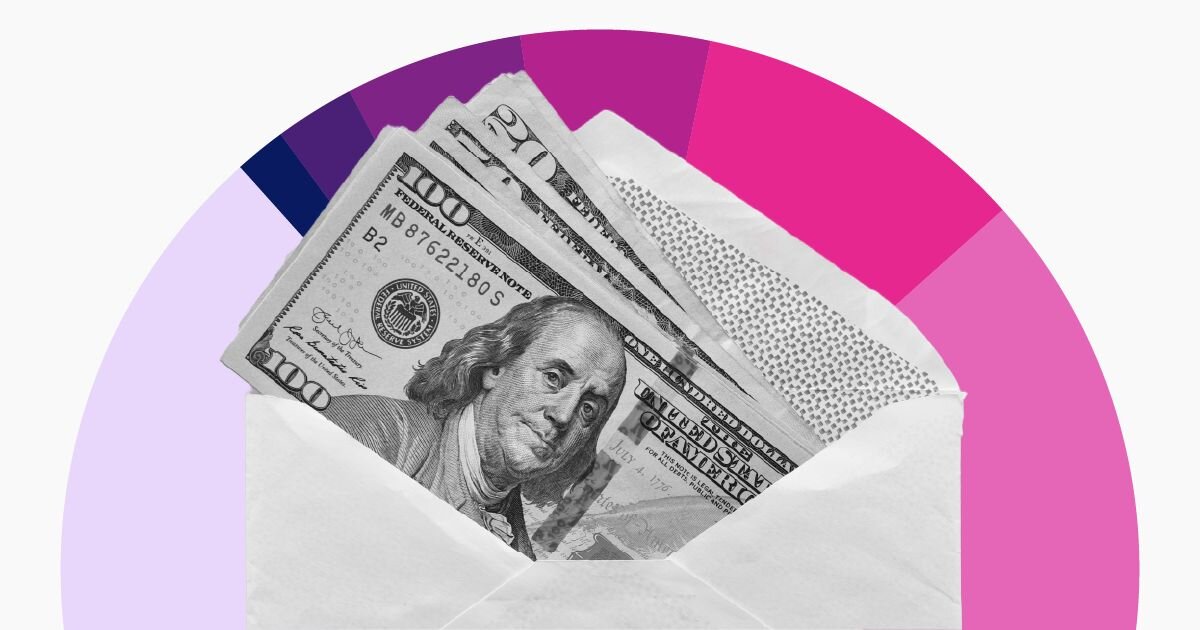Medicare is a health insurance program in the United States for individuals aged 65 and older.
In 2023, the federal government spent about $848.2 billion on Medicare, accounting for 14% of total federal spending. This amount averages approximately $15,727 per Medicare beneficiary annually.
What is Medicare?
Former president Lyndon B. Johnson signed Medicare into law on July 30, 1965. Younger people with specific disabilities and/or diseases are also eligible.
Medicare is part of mandatory spending, which also includes Social Security, Medicaid, and Veterans care. These programs operate based on eligibility rules and benefit formulas established by law, making this spending “automatic” as it does not require annual appropriations by Congress.
How many Americans use Medicare?
The Centers for Medicare and Medicaid Services report that Medicare currently covers 67.1 million Americans, which is roughly one in four American adults. About 89.5% of Medicare recipients are 65 years old or older.
How much does the US spend on Medicare?
The government spent about $848.2 billion on Medicare in fiscal year 2023, or 13.7% of that year’s $6.2 trillion federal budget. This averages about $15,727 per Medicare enrollee.
This is up compared to 1994, when the federal government spent about $161.9 billion on the program, approximately 10% of total federal spending. This growth corresponds with an increase in number of enrollees in the program due to the national aging population.
How is Medicare financed?
Medicare funding comes from various sources, primarily divided between hospital insurance and supplementary medical insurance (SMI).
Hospital insurance
Hospital insurance, also known as Medicare Part A, helps cover inpatient hospital care, skilled nursing facility care, hospice care, and some home health care. It is financed through:
- Payroll taxes
- Income tax on Social Security benefits
- Premiums
- Interest on trust fund asset reserves
Federal law established the payroll tax rates; they’re the largest revenue stream for Medicare Part A.
Supplementary medical insurance
SMI includes Medicare Part B and Part D. Part B covers outpatient care, doctor services, preventive services, and some home health care. Part D provides prescription drug coverage. SMI is financed through:
- Government contributions
- Premiums paid by enrollees
- Payments from states
- Interest on reserves
Government contributions, which are set prospectively based on projected annual program costs, is the largest contributor to SMI.
Part C, also known as Medicare Advantage, is a Medicare-approved plan offered by private companies that provides a Medicare alternative for health and drug coverage.
Read more about Medicare and prescription drug costs and get data right in your inbox by subscribing to our weekly newsletter.
Related health articles
Read data analyses written by the USAFacts team.
Page sources and methodology
All of the data on the page was sourced directly from government agencies. The analysis and final review was performed by USAFacts.


